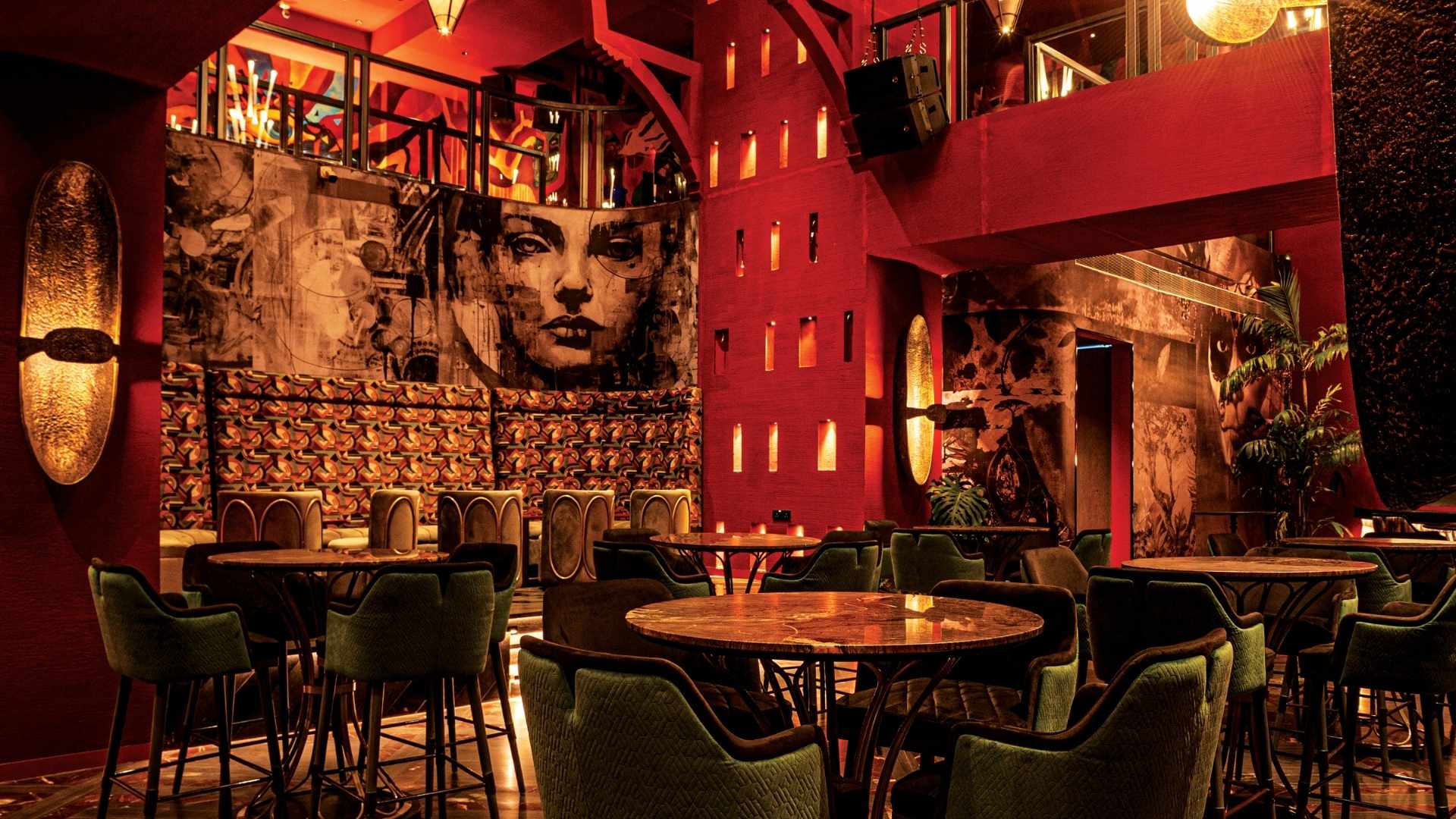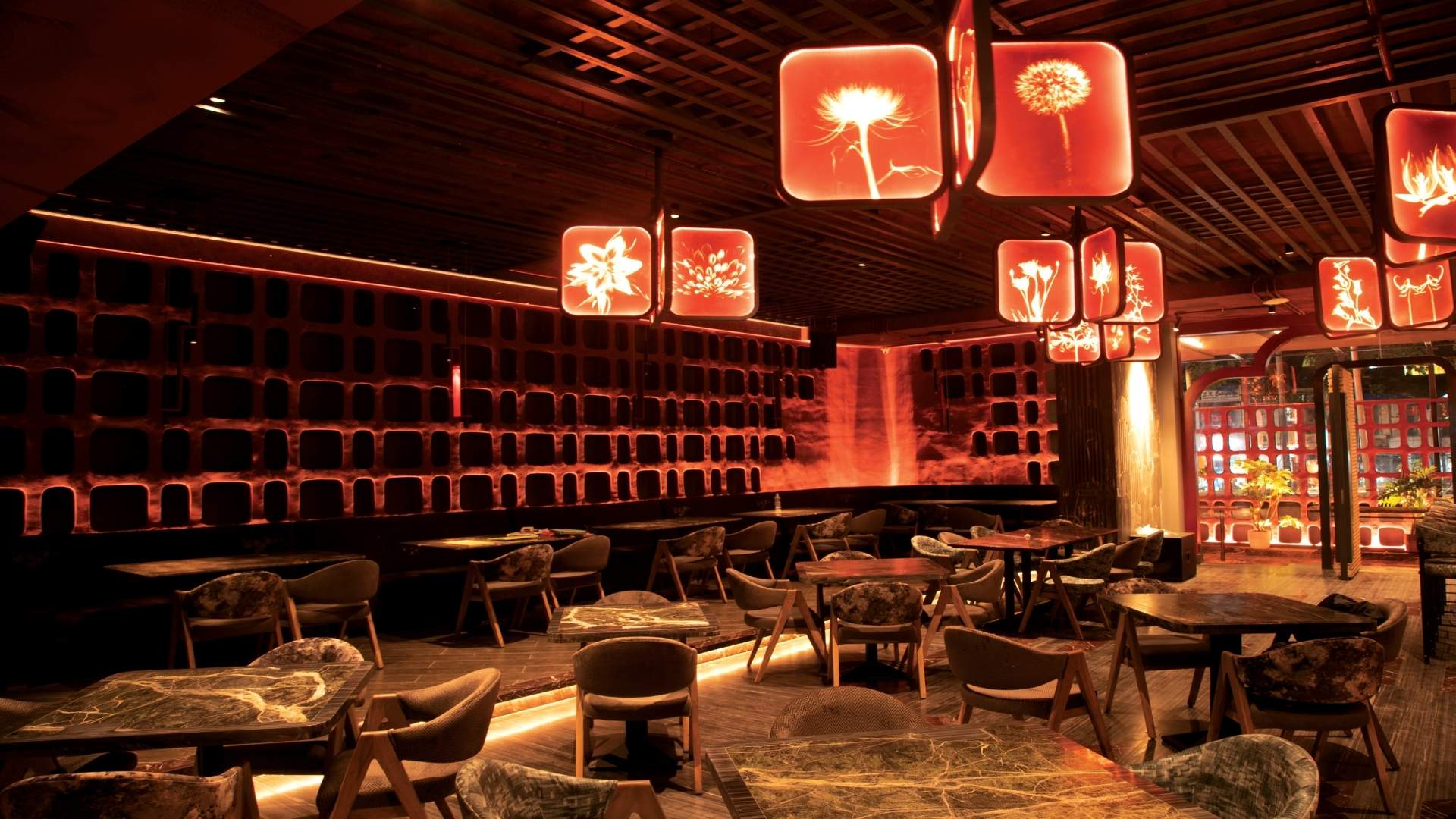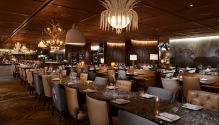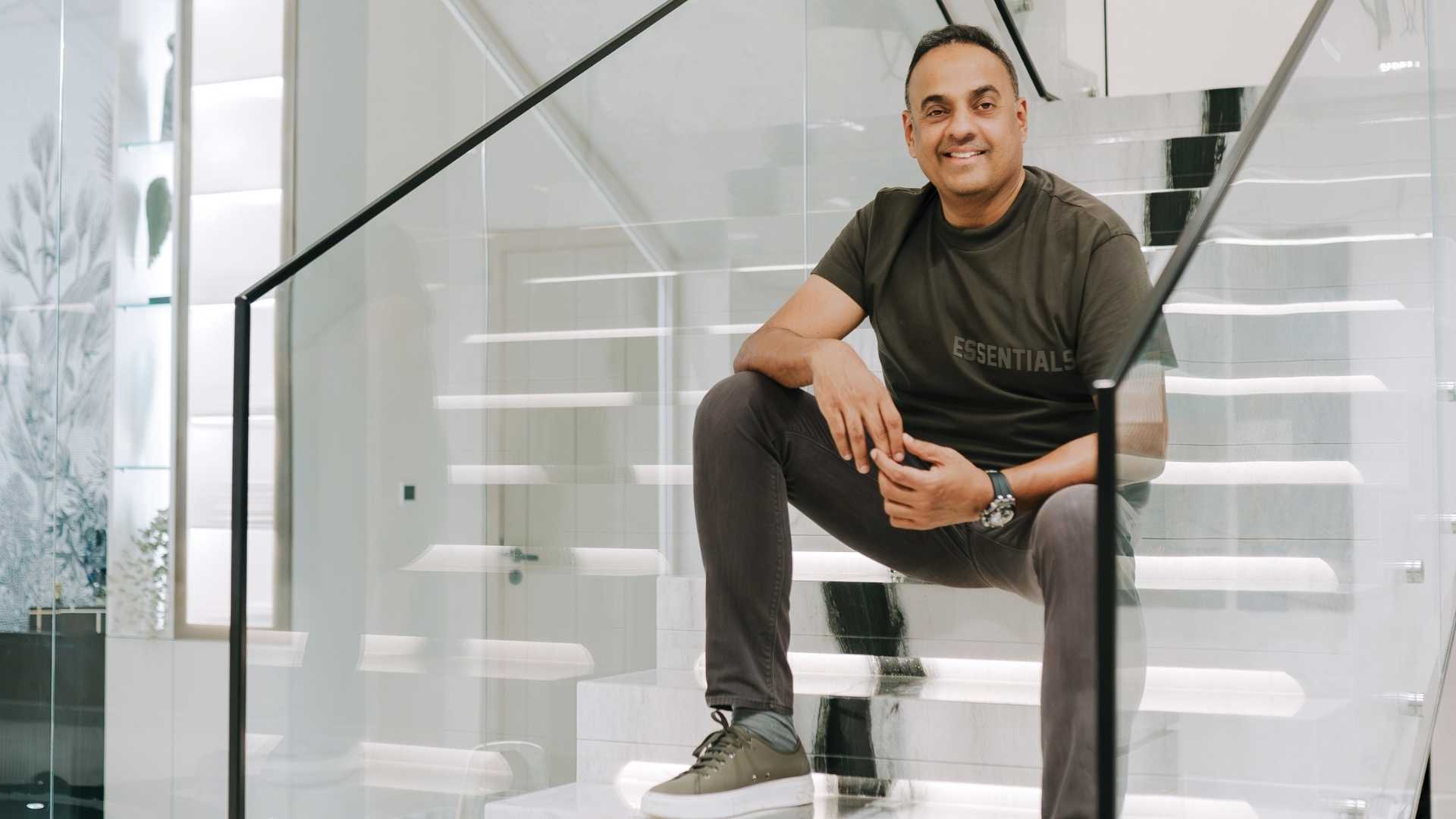Designing Experiences: 5 Key Trends Transforming Restaurants Today
Sumessh Menon, Founder of Sumessh Menon Associates, shares insights on the evolving world of dining spaces.
By Rupali Sebastian
As the dining experience evolves, restaurant design has become a dynamic blend of technology, sustainability, and aesthetic innovation. Designers are increasingly adapting spaces to meet the shifting expectations of today’s diners, blending function, ambience, and share-worthy moments.
From Instagrammable corners to eco-conscious interiors, the trends shaping restaurant spaces are both diverse and influential. “Earlier, restaurants had more defined dispositions; now the restraints are more relaxed,” says Sumessh Menon, whose portfolio includes some of the country’s most engaging dining experiences.

La Cena, designed by Summesh Menon, has a moody, beautifully lit environment.
Key trends defining restaurant design
- Instagram’s Enduring Appeal
The demand for visually striking spaces shows no signs of waning. Instagrammable corners, selfie spots, and immersive décor continue to be integral to a restaurant’s design strategy, enhancing both the experience and its shareability.
2. Agile Environments
Flexibility is key. Day cafés host events, nightclubs offer early dining, and spaces increasingly serve multiple functions. Modern restaurant interiors are designed to adapt effortlessly to different occasions and moods.
3. Eco-Conscious Design
Sustainability is no longer optional. Designers are incorporating environmentally friendly materials, energy-efficient systems, and responsible sourcing to minimise ecological impact while creating memorable spaces.
4. Budget Meets Creativity
Even budget-conscious projects can embrace sustainable, thoughtful design. Post-pandemic, there’s been a notable rise in innovative, cost-effective approaches that blend aesthetics with responsible material choices.
5. Nature-Inspired Dining
Biophilic design—integrating natural elements like greenery, daylight, and textures—has surged in popularity. These features not only enhance ambience but also foster a deeper connection between diners and their environment.

Takumi has a luxurious, Japanese-inspired interior with an emphasis on clean lines, neutral tones, and natural materials.
Sumessh Menon’s Portfolio Highlights
Sumessh Menon’s Portfolio Highlights
- Koko
- Yazu
- 145 Cafe
- Julliet
- Takumi
Trends with Staying Power
- Biophilic design
- Multi-functional spatial planning
- Sustainable materials and design


























